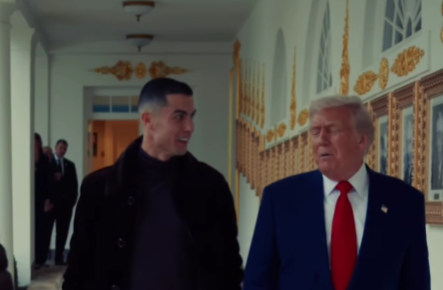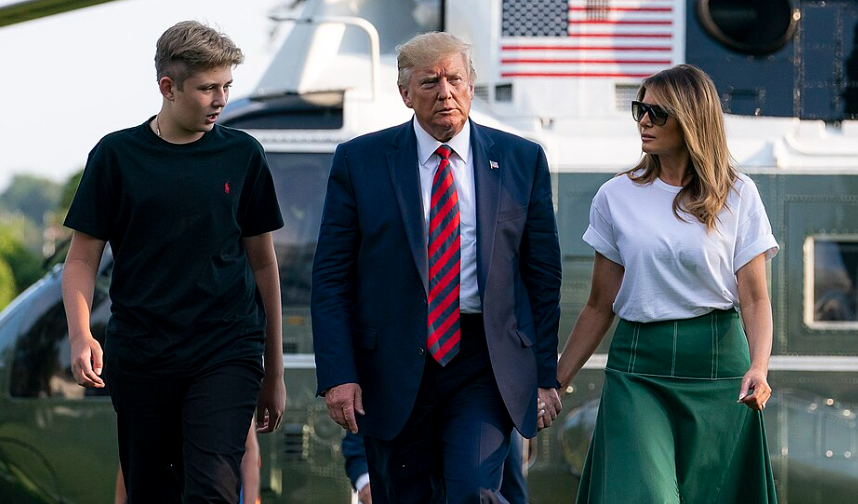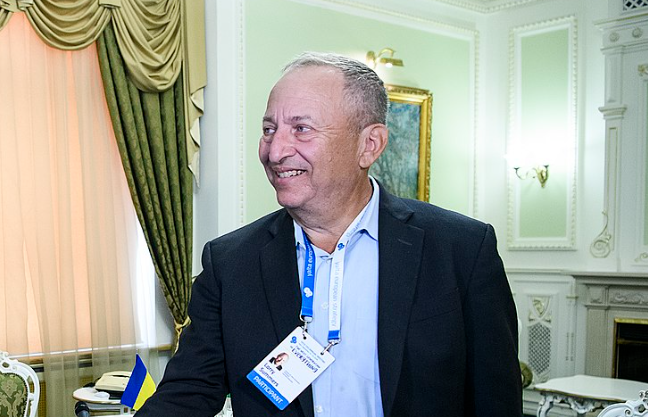Pope Leo Finally Discusses the US with Powerful Message
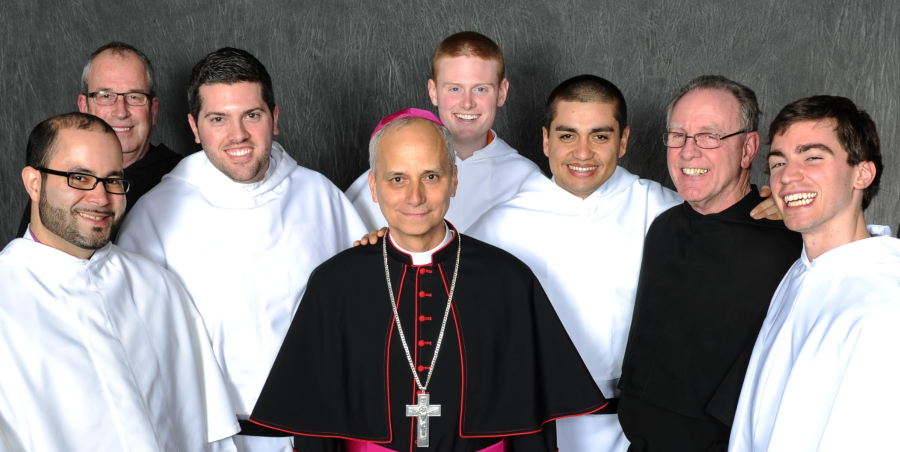
© angelicum.it
On June 14, the new American Pope Leo XIV delivered his first address to a U.S. audience via a pre-recorded video message from Chicago’s White Sox Stadium.
The message, part of a packed celebration organized by the Archdiocese of Chicago, emphasized hope, healing, and service, offering a clear contrast to President Trump’s simultaneous $45 million birthday military parade in Washington, D.C.
A Message of Hope & Healing
Speaking to a crowd of over 30,000, Pope Leo acknowledged the mental health challenges youth faced during and after the pandemic. “Moments of anxiety, of loneliness … depression or sadness,” he said, urging people to find solace in local faith communities. He called on attendees to “discover that the light growing brighter and brighter” lies in unity and acts of service.

Spiritual Outreach Meets Baseball Culture
In a nod to his Chicago roots, Pope Leo donned a White Sox cap—which later went viral—and spoke to fans in a venue that once hosted him as “Robert Prevost,” a lifelong White Sox supporter. Ticket prices ranged from a few dollars to over $1,200 on resale, highlighting the emotional significance behind the event.
A Subtle Rebuke by Pope Leo
The address was widely interpreted as a subtle counterpoint to Trump’s parade. While the president showcased military might, Pope Leo’s words lifted spirits with a message of unity and spiritual service. “We have to look beyond our egotistical ways to promote hope,” he urged, offering an alternative vision of community strength rooted not in force, but in compassion.
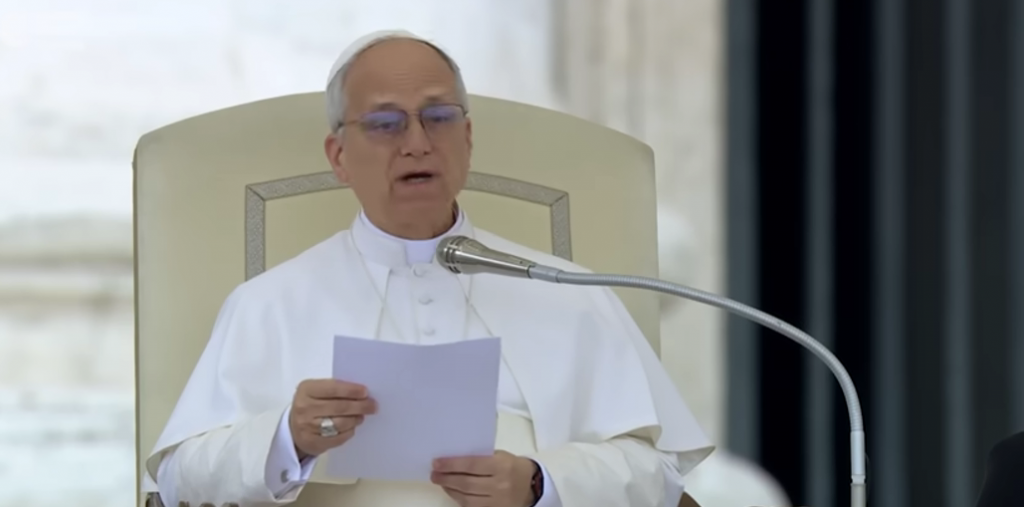
Widespread Approval for Pope Leo
A recent AP-NORC poll found that two-thirds of American Catholics and 44% of all U.S. adults view Pope Leo favorably. His approachable demeanor, focus on social unity, and bridge-building across political divides have earned him cross-party appeal.
A New Chapter for the U.S. Papacy
As the first U.S.-born Pope, Leo XIV blends spiritual leadership with modern outreach. He’s already pledging an “active social media presence” to engage youth. His background—from mission work in Peru to theological roots in Chicago—positions him uniquely as both reformer and bridge-builder.
You might also want to read: Pope Francis’ Final Message to Youth: “Learn How to Listen”
